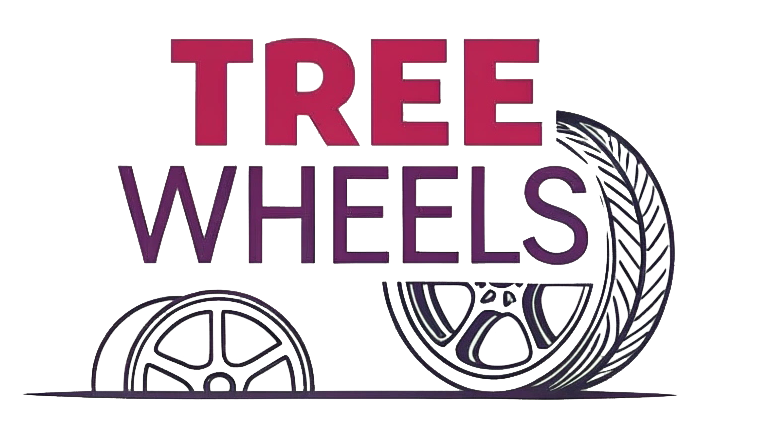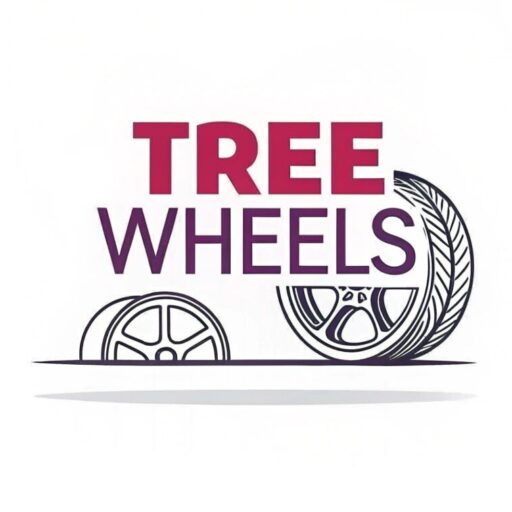Many drivers struggle with choosing the right wheel size for their vehicles. Small wheels feel outdated, while massive rims can ruin ride quality and break the bank. This leaves many wondering about the ideal wheel size for their cars.
The 16-17 inch wheel range represents the sweet spot in automotive wheel sizing. These dimensions offer an optimal balance between performance, comfort, aesthetics, and cost for most passenger vehicles, especially compact cars and sedans that dominate our roads today.
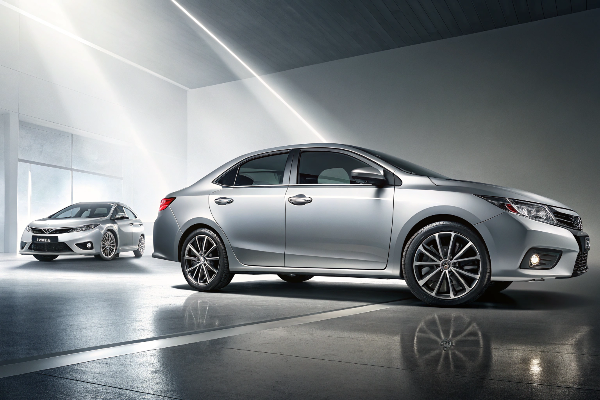
Take a walk down any city street and you'll notice something interesting - compact sedans and small cars dominate our urban landscape. Most of these vehicles come factory-equipped with wheels in the 14-16 inch range. This is precisely why the 16-17 inch territory has become such a popular upgrade path. Let's explore why these specific sizes have captured the hearts of both everyday drivers and automotive enthusiasts alike.
Should I get 16 or 17-inch rims for my car?
When customers visit our manufacturing facility, they often struggle with this exact question. Their vehicles typically come with smaller wheels, but they're hungry for that upgraded look without sacrificing daily drivability.
The choice between 16 and 17-inch wheels depends on your priorities. Choose 16-inch wheels if you value ride comfort, lower replacement costs, and better performance in poor road conditions. Opt for 17-inch wheels if you prioritize aesthetics, improved cornering stability, and enhanced brake clearance for performance driving.
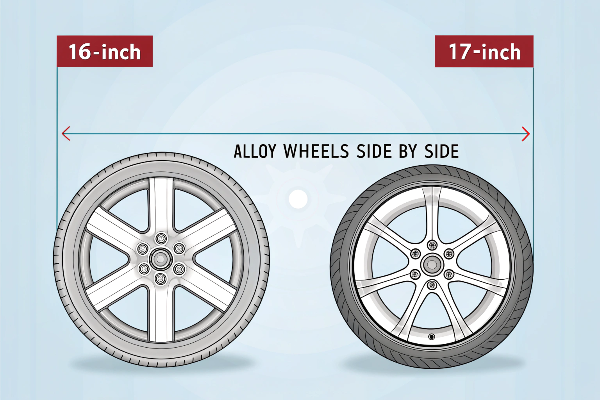
From my years of experience in wheel manufacturing at Tree Wheels, I've gained valuable insights into this decision. When we design our forged wheels, we consider how each size affects real-world performance. The 16-inch wheel provides a more comfortable ride because the tire's sidewall acts as an additional shock absorber. This size is ideal for daily drivers who encounter rough roads or potholes regularly.
Meanwhile, our 17-inch designs allow for wider spokes and more intricate patterns. This additional "canvas" gives us the freedom to create more visually striking wheels. Beyond aesthetics, the larger diameter provides tangible benefits in handling precision. During our testing phases, we consistently observe that properly designed 17-inch wheels offer improved cornering stability due to the reduced tire flex during aggressive maneuvers.
For compact car owners – our largest customer segment – this choice often represents the most significant visual transformation they can make to their vehicle without extensive modifications. The modest jump from stock 14-15 inch wheels to 16-17 inches dramatically enhances the vehicle's stance and presence without requiring fender modifications or suspension adjustments that larger wheels would demand.
| Feature | 16-inch Wheels | 17-inch Wheels |
|---|---|---|
| Ride Comfort | Better cushioning | Slightly firmer |
| Handling | Good | Better cornering stability |
| Appearance | Improved over stock | Maximum visual impact |
| Tire Cost | More affordable | Higher replacement cost |
| Road Hazard Resistance | More resilient | Slightly more vulnerable |
Which is better, R16 or R17 for everyday driving?
Many customers come to us confused by conflicting advice about wheel sizes. Friends tell them bigger is always better, while mechanics often warn against upsizing. Who should they believe?
Neither R16 nor R17 is universally "better" – each excels in different conditions. R16 wheels typically provide better ride comfort, fuel efficiency, and pothole resistance, making them ideal for daily commuting. R17 wheels offer enhanced handling, stopping performance, and visual appeal, making them perfect for enthusiast driving.
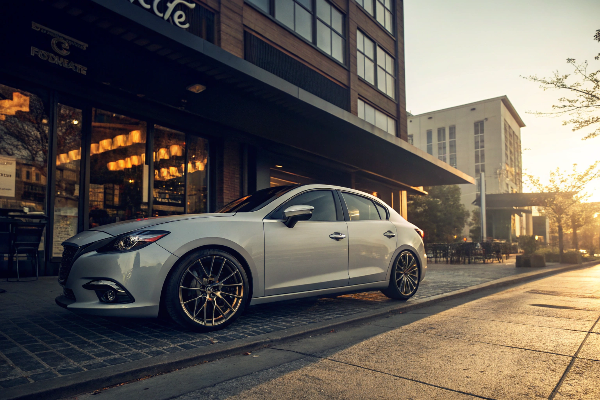
In our manufacturing facility, we produce both sizes in high volumes because each serves distinct purposes. The truth is, the "better" choice depends entirely on your specific vehicle and how you use it. Through our extensive testing and customer feedback, we've identified clear patterns about which drivers prefer which size.
For compact car owners who primarily navigate city streets, the R16 configuration offers significant advantages. The additional tire sidewall height provides crucial protection against unexpected road imperfections. I recently visited one of our distribution partners in downtown Chicago, where road conditions are notoriously challenging. Their most successful wheel packages for urban drivers consistently featured our 16-inch forged designs paired with higher-profile tires.
Conversely, our R17 options shine for drivers who frequent highways or enjoy spirited weekend drives. The reduced sidewall flex translates to more responsive steering inputs and better stability at higher speeds. During our product development phase, we conduct extensive comparison testing between identical wheel designs in different sizes. These tests consistently show that properly engineered 17-inch wheels can provide measurable improvements in emergency maneuver performance.
Weight is another crucial factor often overlooked in this discussion. Many assume larger wheels are always heavier, but our advanced forging techniques allow us to create 17-inch wheels that are remarkably lightweight. This helps minimize the performance penalties traditionally associated with upsizing. For instance, our latest flow-formed 17-inch wheels for compact sedans weigh only marginally more than their 16-inch counterparts, preserving much of the vehicle's original handling characteristics.
Does increasing rim size affect gas mileage?
This question comes up in almost every customer consultation. With rising fuel costs, buyers worry that upgrading their wheels might hurt their wallets at the pump too.
Yes, increasing rim size typically reduces fuel efficiency by 1-3% due to added weight, increased rotational mass, and wider tires with greater rolling resistance. However, lightweight forged wheels can minimize this penalty compared to heavy cast alternatives, making the efficiency difference nearly negligible in real-world driving.
 testing with different wheels](https://treewheels.com/wp-content/uploads/2025/09/image-4-fuel-efficiency-comparison-testing-wit.png)
Through our internal testing protocols at Tree Wheels, we've gathered extensive data on this very question. When upgrading from standard 15-inch wheels to 17-inch alternatives, we typically observe a fuel economy reduction of 1-3% with conventional cast wheels. However, our premium forged wheels tell a different story.
The manufacturing process for our forged wheels creates a denser, stronger aluminum structure that requires less material overall. This results in a wheel that's both stronger and lighter than cast alternatives. In controlled testing with identical vehicles, our lightweight 17-inch forged wheels showed only a 0.5% reduction in fuel economy compared to stock 16-inch wheels – a difference so minimal that most drivers would never notice in everyday use.
Several factors contribute to the relationship between wheel size and fuel efficiency. First is the obvious weight difference – larger wheels typically weigh more, requiring additional energy to accelerate. Second is rotational mass – weight at the perimeter of the wheel requires more energy to get moving than weight near the center. Third is the tire profile – larger wheels usually pair with lower-profile tires, which often have increased rolling resistance.
Our engineering team works diligently to optimize these factors. We strategically remove material from non-structural areas of our wheel designs, concentrate mass closer to the hub where possible, and collaborate with tire manufacturers to recommend specific combinations that minimize efficiency penalties.
For our small car customers – who represent our largest market segment – this attention to efficiency makes a meaningful difference. Many compact car owners choose their vehicles partly for fuel economy reasons, so maintaining that efficiency while upgrading appearance is crucial. We've found that education about these factors helps customers make more informed decisions about their wheel upgrades.
| Factor | Impact on Fuel Economy | Our Solution |
|---|---|---|
| Wheel Weight | 0.1-0.5% per pound | Advanced forging techniques |
| Rotational Mass | Varies by design | Hub-centric weight distribution |
| Tire Profile | 0.5-1.5% difference | Optimized wheel/tire packages |
| Aerodynamics | Minimal impact | Streamlined design elements |
What are the benefits of larger alloy wheels?
Car enthusiasts often push for the largest possible wheels, while practical drivers resist upsizing at all. Both miss the nuanced benefits that moderately larger wheels can provide.
Larger alloy wheels offer improved aesthetics with more dramatic styling options, better brake clearance for performance upgrades, enhanced cornering stability due to reduced sidewall flex, and increased road presence that transforms a vehicle's appearance. They also allow for wider tires that improve dry-weather traction.
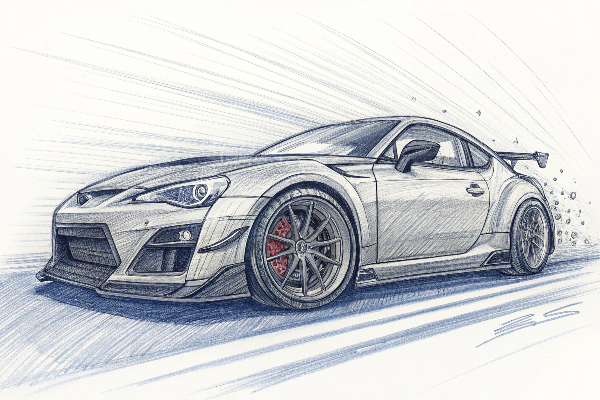
At Tree Wheels, we see the transformation that properly sized alloy wheels create every day. The visual impact is immediate and dramatic – there's simply no modification that changes a vehicle's character more profoundly than a well-chosen wheel upgrade. This is especially true for the compact cars and sedans that dominate our streets and make up our core customer base.
Beyond aesthetics, larger wheels enable significant performance improvements. The most immediate benefit is improved brake clearance. Many performance-oriented customers find that stock wheels limit their ability to upgrade brake components. Moving to a 17-inch wheel often provides the necessary clearance for larger rotors and more capable calipers. During one recent project for a Japanese compact sports sedan, we specifically engineered our 17-inch forged wheel to accommodate the customer's desired big brake kit – something impossible with the original 16-inch wheels.
The handling improvements are equally tangible. With larger wheels, the tire's sidewall height decreases proportionally, reducing the "squish" or flex during cornering. Our test drivers consistently report more precise steering response and better feedback through the wheel with our 17-inch packages compared to stock 16-inch setups. This characteristic makes the vehicle feel more responsive and connected to the road.
For many compact car owners looking to enhance their vehicle's presence, the visual transformation of moving from 15-inch to 17-inch wheels changes the entire character of the car. The wheel arches appear more properly filled, the stance becomes more purposeful, and the overall appearance shifts from economy-focused to premium. We've documented hundreds of before-and-after transformations where this single change completely reinvented the vehicle's aesthetic.
However, it's important to note that these benefits require proper engineering. Poorly designed large wheels can actually harm performance through excessive weight. Our manufacturing focus on forged construction ensures that our larger wheels maintain reasonable weight figures. For example, our 17-inch forged wheel for popular compact models weighs less than many OEM 16-inch cast wheels, providing the benefits of upsizing without the traditional weight penalty.
Conclusion
The 16-17 inch wheel range offers the ideal balance of aesthetics, performance, and practicality for most vehicles, especially the compact cars and sedans dominating our roads. Your specific choice depends on your priorities and driving conditions. At Tree Wheels, we forge custom wheels with sincerity above all, ensuring your perfect balance of form and function.
